Auction house im Kinsky
Preview
Highlights of the 131st auction on March 4th 2020:
Modern Art – Contemporary Art
In March im Kinsky will officially start the auction year 2020. In order to give you a glimpse into the selection, we are presenting some highlights from the upcoming Modern Art and Contemporary Art auction.
Wednesday, 4th of March 2020
2 PM CET Modern Art, Lots 1-251
5 PM CET Contemporary, Lots 300-621
Vernissage
February 27th, 2020, from 6:00 PM CET
Exhibition from February 28th, 2020
Monday – Friday 10 AM-6 PM CET
Saturday & Sunday 10 AM-5 PM CET
Werner Berg* (1904 – 1981)
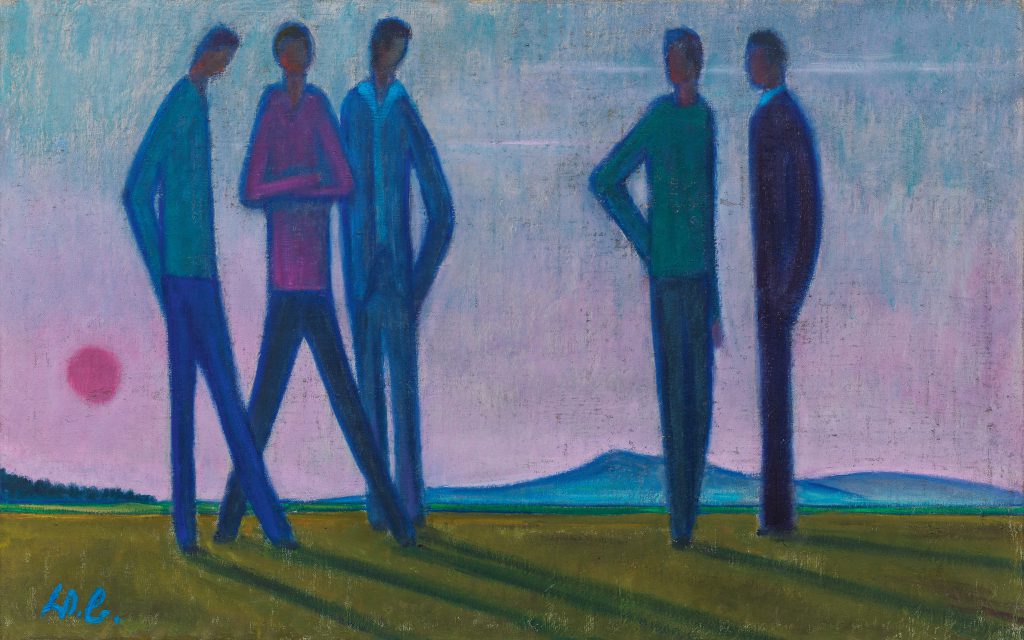
Werner Berg* (1904 – 1981)
Cone Players, Summer evening, 1979
oil on canvas
75 x 120 cm
Estimate: 150.000 – 250.000 €
The work of Werner Berg attracts ever more interest. The painter from Carinthia/Austria lived on a mountain farm, his subjects are inspired by his environment. The cone players first emerge in his paintings in the 1960-ies. In this work, Berg watches some players near an inn in Bleiburg. The horizon is behind them, the sinking sun casts their long shadows into monumental figures. Alone and resigned, they inhabit their sinking world. At the pinnacle of his craft, Berg with this picture also recounts his own existential situation.
Albin Egger-Lienz (1868 – 1926)
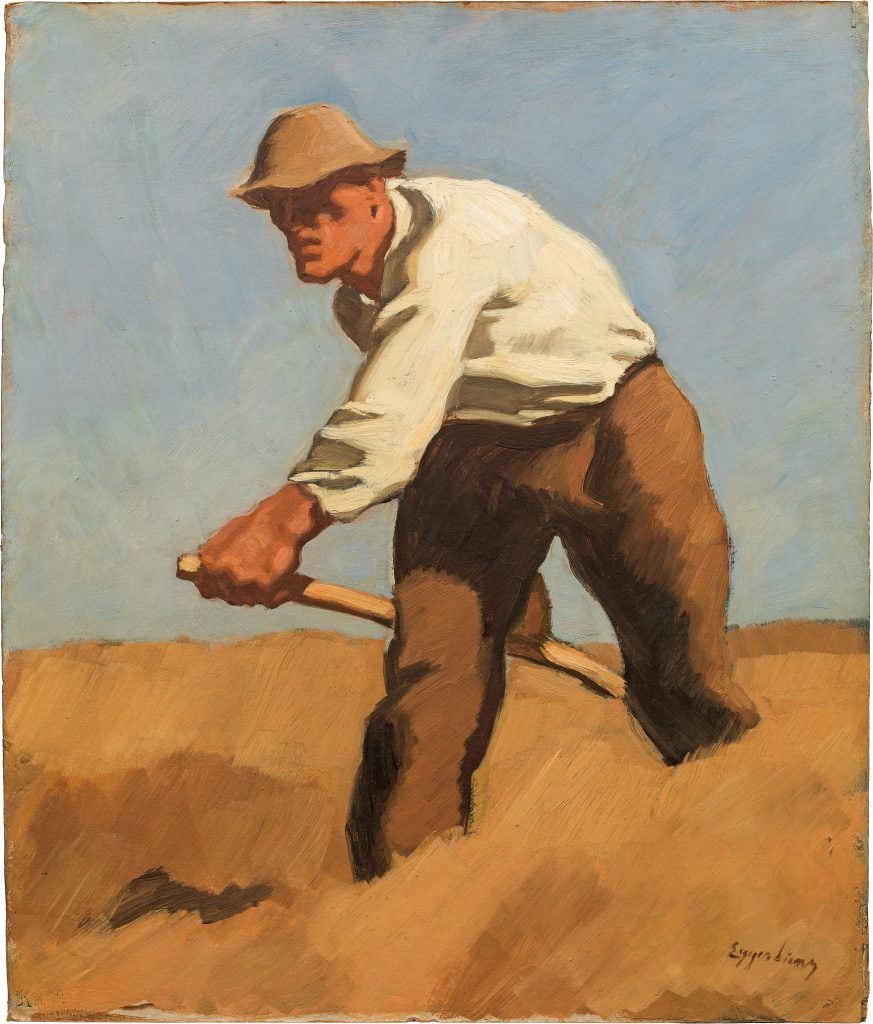
Albin Egger-Lienz (1868 – 1926)
Mower, around 1918
tempera on cardboard
65 x 55 cm
Estimate: 120.000 – 200.000 €
The Auction House im Kinsky offers the opportunity to acquire a work of Albin Egger-Lienz of which a former version “Mountain Reaper” from 1907 hangs in the Leopold Museum, Vienna. The artist used and diversified this motive often, and interpreted it around 1918 as “mower” with figures standing deep in the grains (first version with three figures, also in the Leopold Museum). This painting focuses on the central figure of the composition and presents a an incredibly focused version. Nothing in this picture is random, everything is concentrated and calculated, light and shadows give the figure a concise plasticity.
Koloman Moser (1868 – 1918)
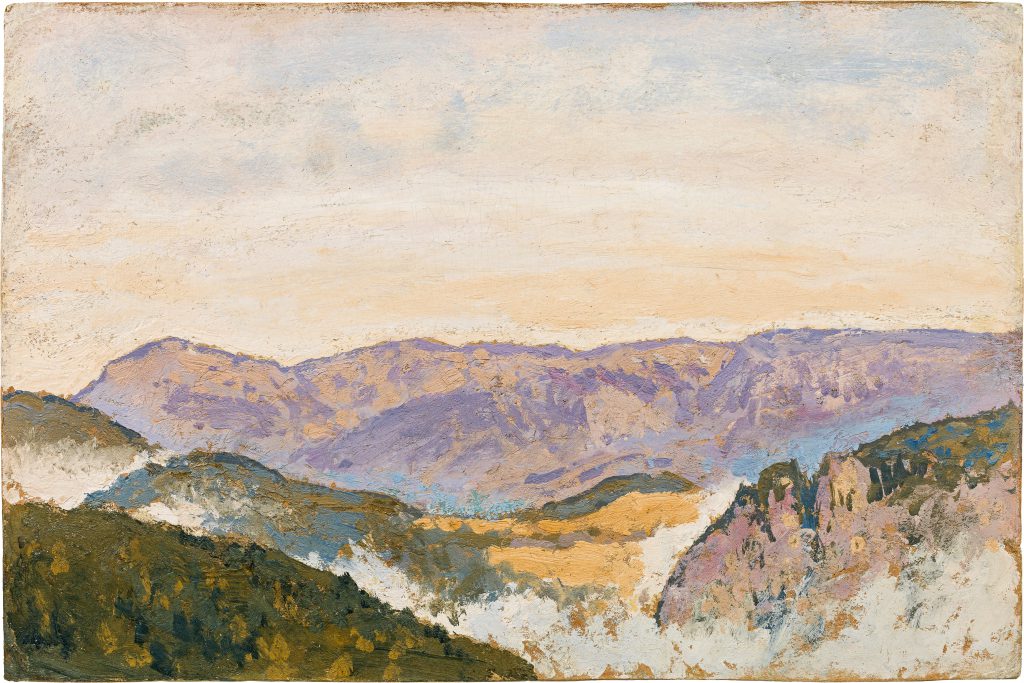
Koloman Moser (1868 – 1918)
View onto the Rax from the Villa Mautner v. Markhof, around 1913
oil on cardboard
25 x 37,6 cm
Estimate: 35.000 – 55.000 €
The painting shows the view from the Villa Mautner v. Markhof on the Wolfsbergkogel on the Semmering/Rax in Austria. Kolo Moser must have loved the view, as he captured it in many paintings around 1913, in the most diverse light conditions. To get his vantage point, he put up his easel on the balcony. Since he married Ditha Mautner von Markhof in 1905, Kolo Moser spend regularly time at the Villa on the Semmering and painted there. This picture is a good example of how Moser converts what he sees in nature into carefully colorful and two-dimensional effects.
Rudolf Polanszky* (born 1951)
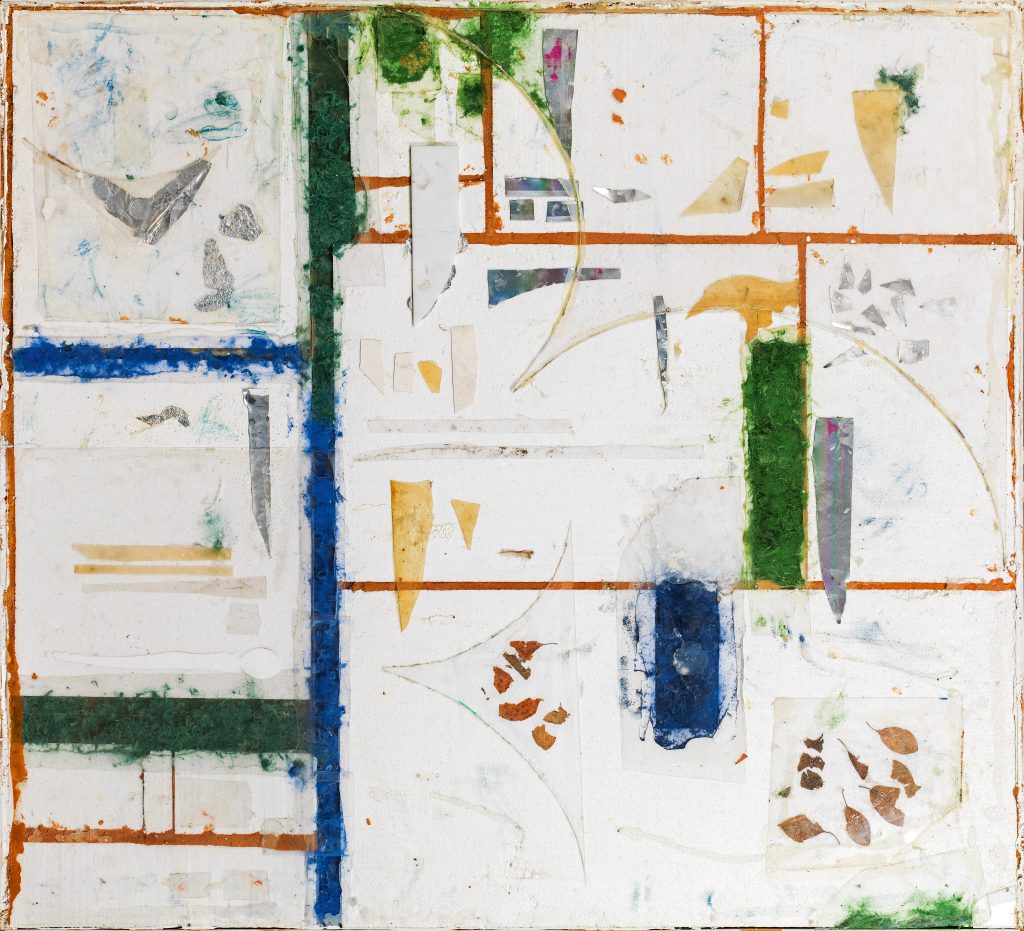
Rudolf Polanszky* (born 1951)
Reconstructions, 2005
acrylic glass, paint, diverse material on canvas, unframed
137 x 151 cm
Estimate: 45.000 – 75.000 €
The Auction House im Kinsky holds the world record for a work of Rudolf Polanszky, and this picture is also set to arouse a lot of interest. The Austrian artist is becoming very much recognized internationally, as an upcoming show in march at New York Gallery Gagosian testifies. Since the 1990-ies, Polanszky works on his “Reconstructions”, thereby adding to the history of the material painting. His “Ad-hoc-synthesis” is central to the meaning of his art. So as not to be influenced by traditional thinking about how a work should be, he joins together different materials and forms as if by chance.
Bruno Gironcoli* (1936 – 2010)
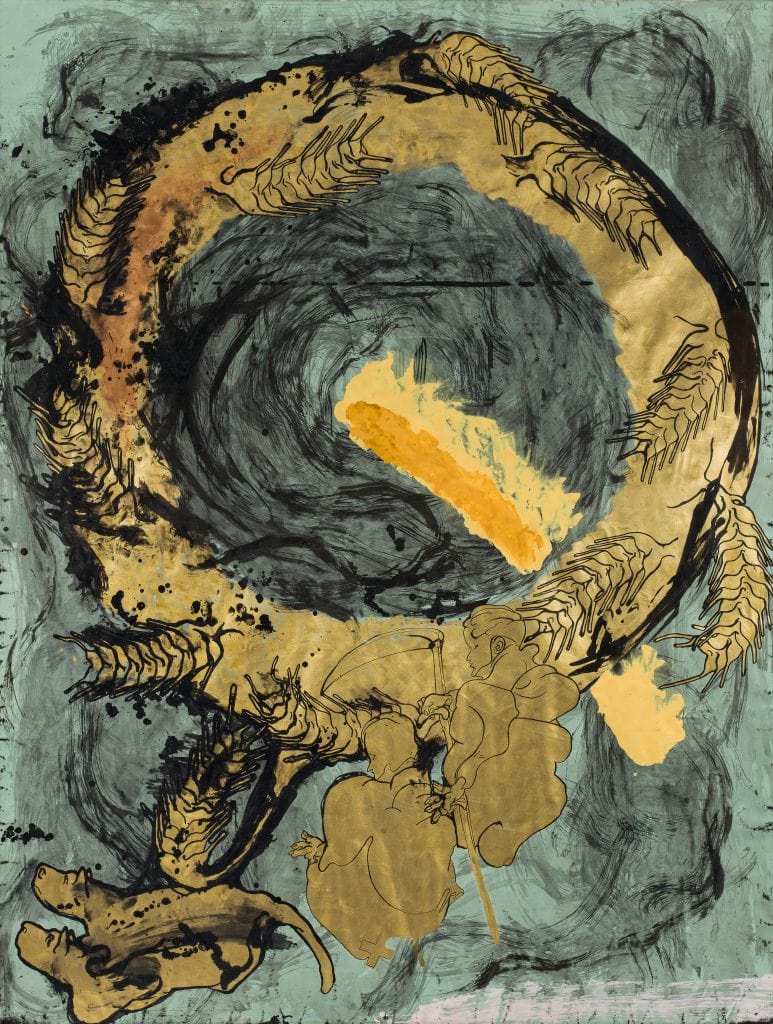
Bruno Gironcoli* (1936 – 2010)
untitled, 1987
metal powder paint, Metallpulverfarbe, ink and mixed media on paper, framed
200 x 153 cm
Estimate: 45.000 – 65.000 €
Bruno Gironcoli himself called this large work, in reference to the spikes and the bread wreath “Ankerbrot –picture”, because he was befriended with the director of the famous bakery. Gironcoli might be known foremost as a sculptor, but his painterly Oeuvre is at least as engaging. As in his sculptures, his works on paper combine different elements which he arranges carefully. The artist has created his own language which unites futuristic, expressionist and surreal elements. The strange metallic colors add to the valuable and sacral character of the work. The concentrated energy that emanates from this picture underlines the artist’s passion for the circle of life.
Martha Jungwirth* (born 1940)
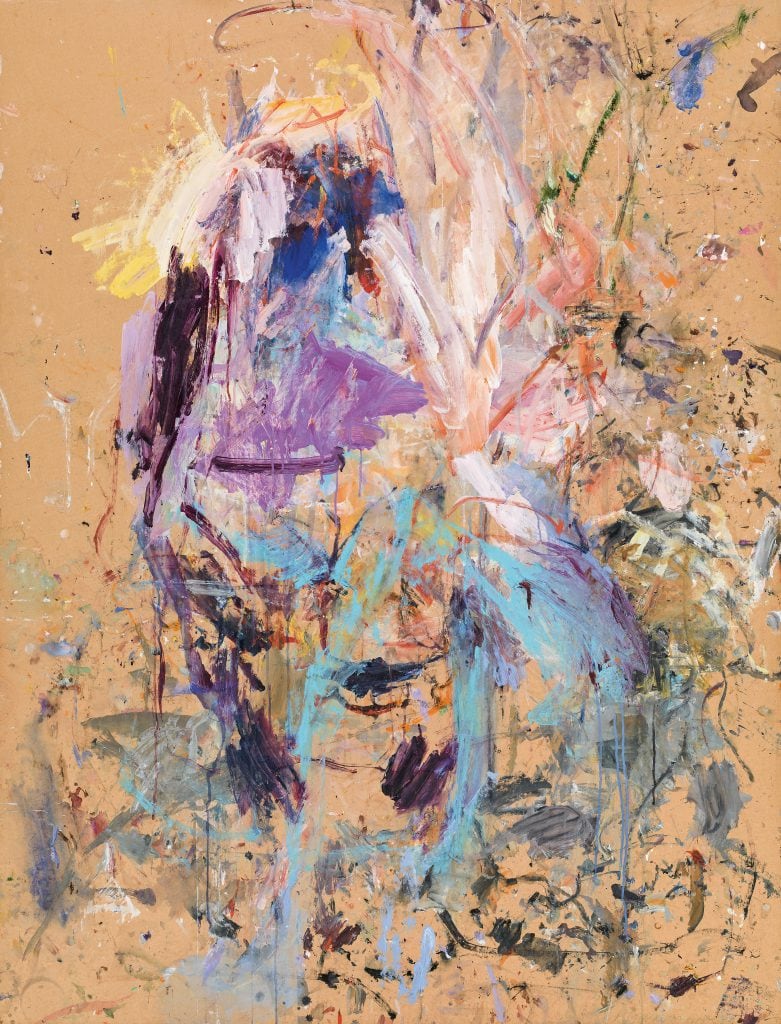
Martha Jungwirth* (born 1940)
untitled, 1990
mixed media on cardboard on canvas, unframed
186 x 142 cm
Estimate: 40.000 – 60.000 €
Martha Jungwirth is also an artist for which the Auction House im Kinsky holds a world record. This wonderful work from 1990 reflects the unique style of the painter and is bound to attract much attention.
Erwin Wurm* (born 1954)
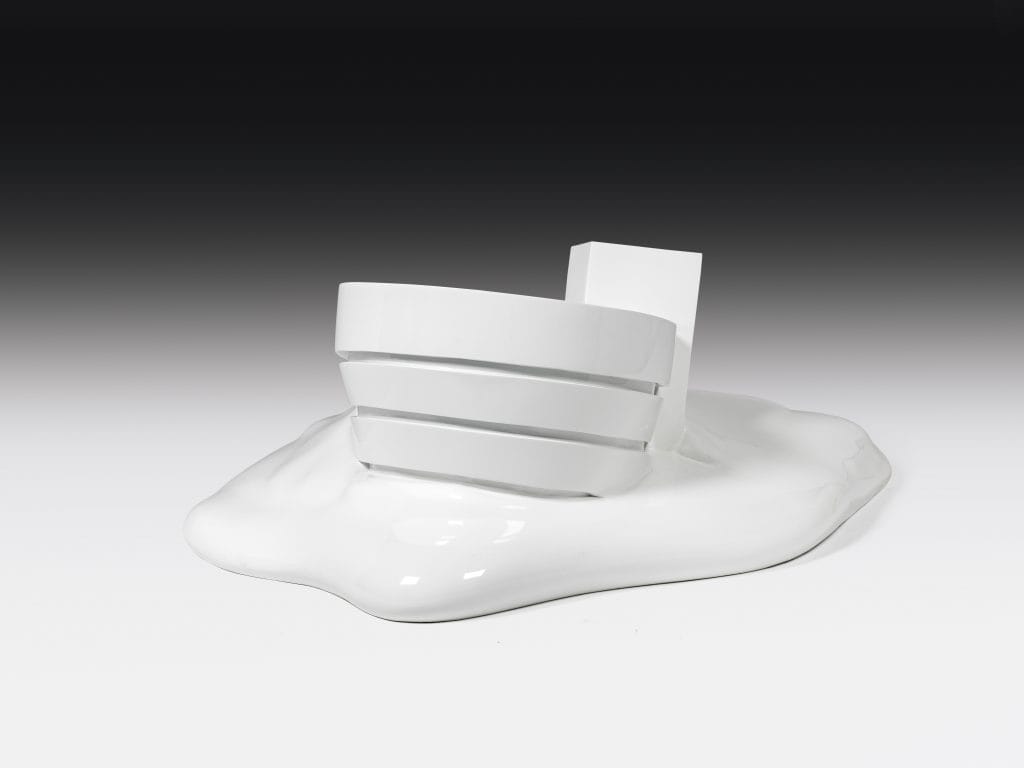
Erwin Wurm* (born 1954)
Guggenheim – Melting, 2005
Polyester, Color
45 x 136 x 101 cm
Estimate: 25.000 – 40.000 €
This is a unique opportunity to acquire a work of which one edition is owned by the Solomon R. Guggenheim Foundation. Wurm’s singular positon on the art market derives from combining superficially simple things like buildings with a strong political context – always using subversive humor. The architecture plays a large role in his work, aside from the Guggenheim, he melted the Flatiron Building, the Wittgenstein House, the Loos House and his own birth house.
Max Weiler* (1910 – 2001)
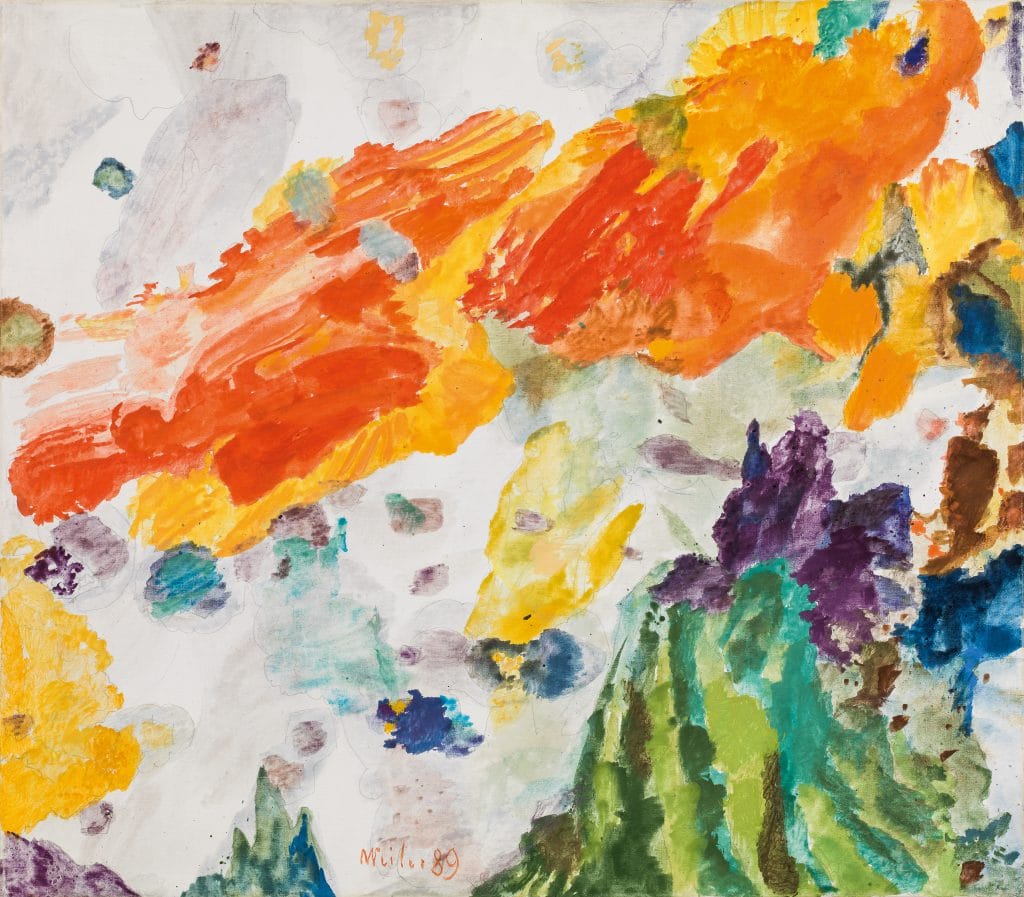
Max Weiler* (1910 – 2001)
morning clouds,1989
egg tempera on canvas, framed
70 x 80 cm
Estimate 50.000 – 80.000 €
Hermann Nitsch* (born 1938)
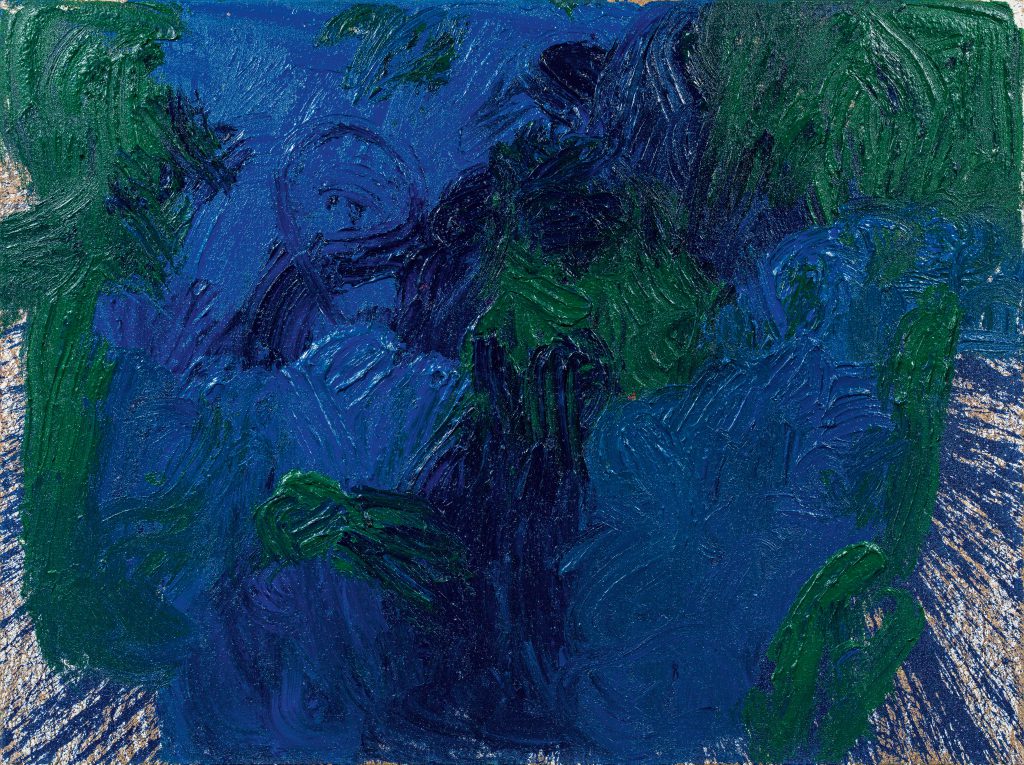
Hermann Nitsch* (born 1938)
Splatter Painting 2018
Acrylic on jute, unframed
150 x 200 cm
Estimate: 25.000 – 40.000 €

iThere are no comments
Add yours